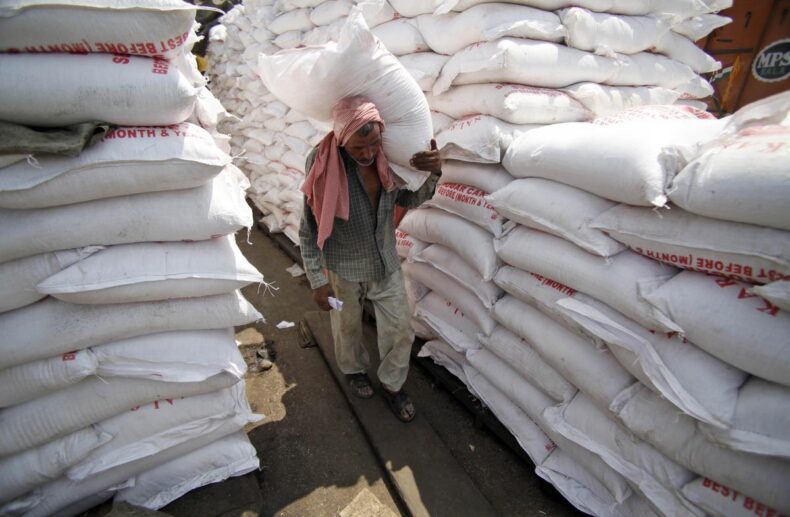
According to two official sources, India is prepared to permit 5 million tonnes of sugar exports in the first batch for the new marketing year starting in October.
In accordance with official regulations, one of the sources who did not want to be identified said, “The permission to export 5 million tonnes of sugar is expected in the coming weeks. Once we have a better sense of next year’s sugar production, we could allow another 3 to 5 million tonnes for exports.”
Although it’s still too early to predict how much sugar will be produced in the next year, early projections indicate that it will probably be close to this year’s record-breaking 36 million tonnes, according to the official.
The mills’ carryover stockpiles from the previous season are anticipated to reach 6 million tonnes on October 1, 2022, down from 8 million tonnes a year earlier, when the next season starts.
“We estimate that India will have a substantial exportable surplus in the 2022–23 year after taking into account local demand, the necessity for ethanol production, and mills’ need for their annual carryover stockpiles,” added the second source.
However, the second source said, “We do not want to authorize exports of 8 or 9 million tonnes in a single go due to the irregular weather patterns harming crops and agricultural productivity.” “We’ll be careful,” was said.
As dire meteorological circumstances hampered productivity and planting, India earlier this year barred wheat exports and last week restricted rice shipments.

Around 27.5 million tonnes of sugar are used domestically in India, and during the 2022–2024 growing season, mills plan to divert 4.5 million tonnes of that amount to ethanol production. A minimum of 6 million tonnes of sugar will also be held aside by mills as yearly carryover reserves.
Profiting from favorable international prices, merchants have already agreed to ship 400,000 tonnes of raw sugar for 2022–2023.
In the 2021-22 marketing year, about 3.4 million tonnes of diversion was estimated.
Read More:- Google has lost its legal battle to use the Android platform.












